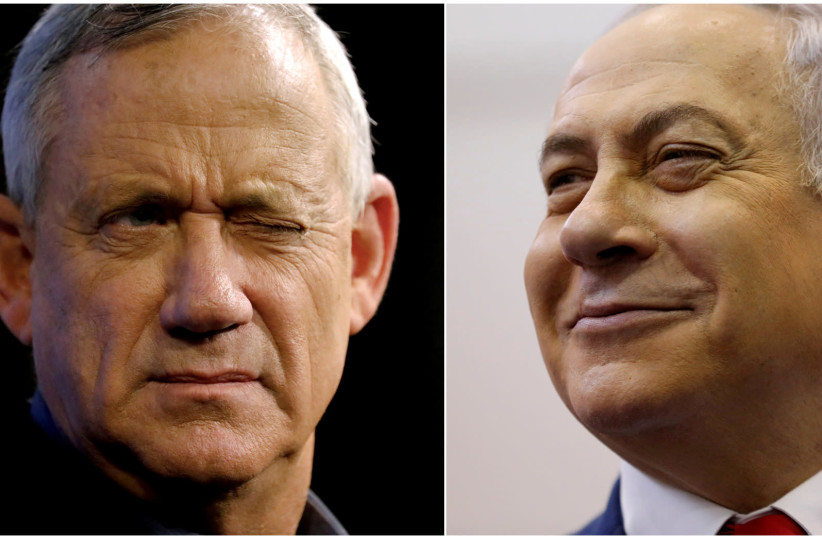Copied from the book, Reality as Myth by Onyeji Nnaji . The influence of the Akan on their content nations lies on their population and commonwealth of their sister nations. The Akan are one of the largest ethnic groups in West Africa. Their population is scattered across West Africa and beyond. Origin of Africa Among this huge population of the Akan, the Ghanaians are more popular, perhaps because of the political influence of the Ashanti Empire in the area. Not much is heard or known about other Akan settlements like the Akwamu, the Akyem , the Akuapem, the Denkyira, the Abron, the Aowin, the Ahanta, the Anyi, the Baoule, the Chokosi, the Fante, the Kwahu, the Sefwi, the Ahafo, the Assin, the Evalue, the Wassa the Adjukru, the Akye, the Alladian, the Attie,the M'Bato, the Abidji, the Avikam,the Avatime the Ebrie, the Ehotile, the Nzema, the Abbe, the Aboure, the Coromantins, t






.jpeg)
Comments
Post a Comment